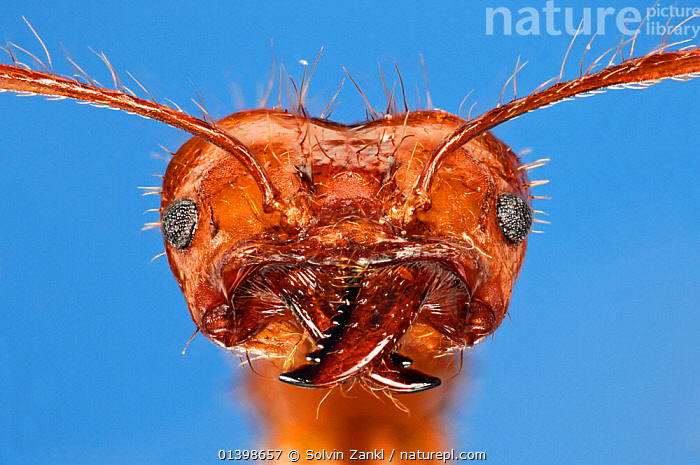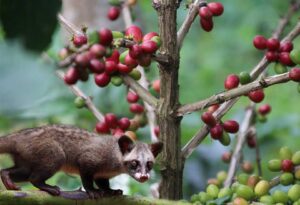
Why Ants Are So Extraordinary
Ants are among the most fascinating creatures on Earth. Found on every continent except Antarctica, these tiny insects have existed for over 100 million years. Despite their size, ants are known for their incredible strength, intelligence, and teamwork.
There are more than 12,000 known ant species, and scientists believe thousands more are yet to be discovered. From deserts to rainforests, ants have adapted to almost every environment.
Physical Strength and Structure
Ants are small, but their strength is unmatched in the insect world. They can lift and carry objects up to 50 times their body weight. This strength comes from their muscular structure and lightweight exoskeleton.
Their bodies are divided into three parts:
- Head – where the brain, eyes, and powerful mandibles (jaws) are located.
- Thorax – the muscle center responsible for movement.
- Abdomen – contains the digestive and reproductive organs.
ALSO SEE : Tips for Cooking Perfect Rice: How to Get Fluffy and Delicious Rice Every Time
How Ant Colonies Work
Ants live in highly organized colonies that can house hundreds to millions of individuals. Each colony operates with a strict hierarchy:
- Queen Ant: The leader of the colony, responsible for laying eggs. Some queens can live for up to 20 years.
- Worker Ants: These sterile females handle all the labor from foraging for food to caring for the young and maintaining the nest.
- Soldier Ants: Protect the colony from predators and rival ant colonies.
- Male Ants (Drones): Their only purpose is to mate with the queen, after which they usually die.
This level of cooperation and division of labor makes ant colonies some of the most efficient systems in nature.

Communication and Intelligence
Ants don’t talk or make sounds, but they communicate through pheromones, a chemical language that helps them signal danger, find food, and lead others to it.
When an ant discovers food, it releases a pheromone trail for others to follow. This teamwork ensures that entire colonies can quickly locate and transport resources back to the nest.
Ants and the Environment
Ants play a crucial role in the ecosystem. They help aerate soil, decompose organic material, and control pest populations. Their tunnels allow air and water to reach plant roots, improving soil health.
Some species, like leafcutter ants, cultivate fungus gardens underground a remarkable example of insect agriculture that supports their entire colony.
Interesting Facts About Ants
- There are an estimated 20 quadrillion ants living on Earth.
- The bullet ant has one of the most painful stings in the insect world.
- Army ants can form bridges and rafts with their own bodies to cross obstacles.
- Ant queens can lay thousands of eggs each day during peak reproduction.
- Some ants keep aphids as “livestock”, protecting them in exchange for sugary secretions.
How to Prevent Ant Infestations at Home
While ants are fascinating, they can become pests indoors. To prevent infestations:
- Keep food sealed and surfaces clean.
- Eliminate crumbs and spills quickly.
- Seal cracks and entry points around windows and doors.
- Use natural repellents like vinegar or lemon juice.
Regular maintenance helps keep these industrious insects outside where they belong.
ALSO SEE : Mutnovsky Ice Cave Russia: A Natural Wonder Beneath a Volcano
Ants are more than tiny insects; they are powerful examples of teamwork, adaptability, and survival. Their ability to communicate, organize, and build thriving colonies has made them one of the most successful species on the planet.
By understanding how ants live and work, we can appreciate their role in nature and even learn valuable lessons about cooperation and community.






